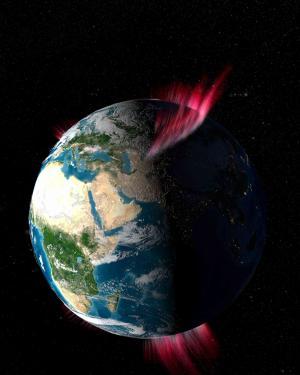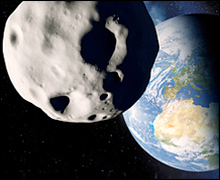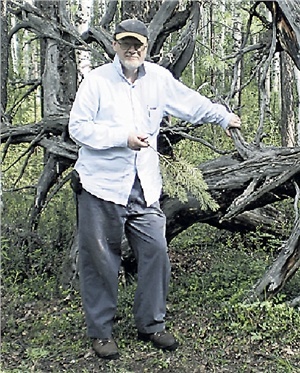What causes the shimmering, ethereal Northern Lights to suddenly brighten and dance in a spectacular burst of colorful light and rapid movement?

|
| ©NASA
|
| Artist's concept of a substorm.
|
UCLA space scientists and colleagues have identified the mechanism that triggers substorms in space; wreaks havoc on satellites, power grids and communications systems; and leads to the explosive release of energy that causes the spectacular brightening of the aurora borealis, also known as the northern lights.
For 30 years, there have been two competing theories to explain the onset of these substorms, which are energy releases in the Earth's magnetosphere, said Vassilis Angelopoulos, a UCLA professor of Earth and space sciences and principal investigator of the NASA-funded mission known as THEMIS (Time History of Events and Macroscale Interactions during Substorms).
One theory is that the trigger happens relatively close to Earth, about one-sixth of the distance to the moon. According to this theory, large currents building up in the space environment, which is composed of charged ions and electrons, or "plasma," are suddenly released by an explosive instability. The plasma implodes toward Earth as the space currents are disrupted, which is the start of the substorm.



Comment: Maybe the current financial crisis is manufactured in order to focus people's attention on "down to Earth" matters and away from the sky, where a greater threat lurks?